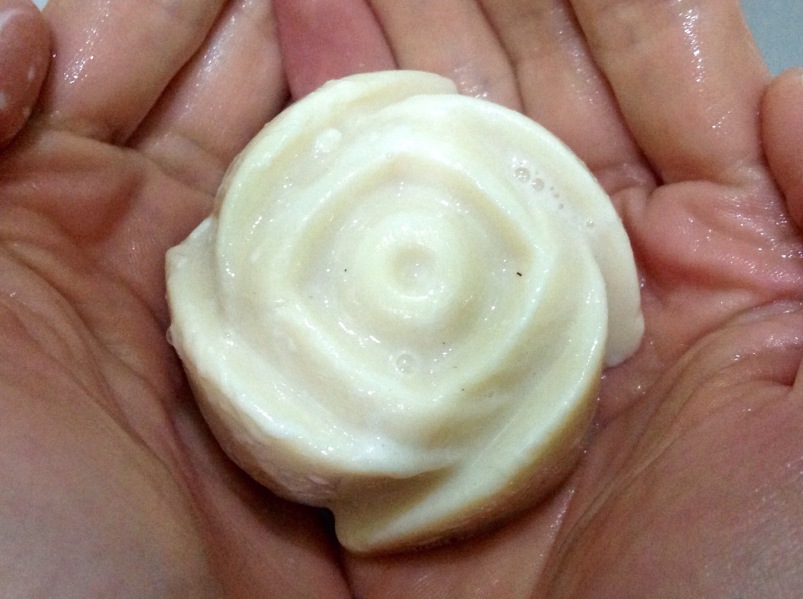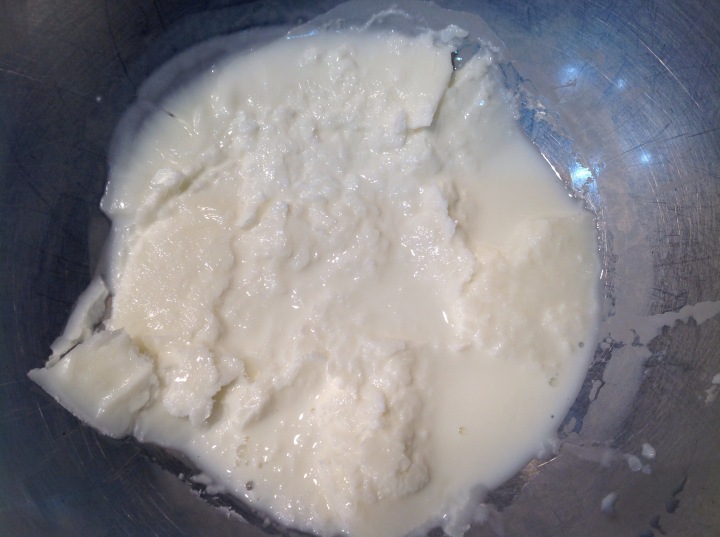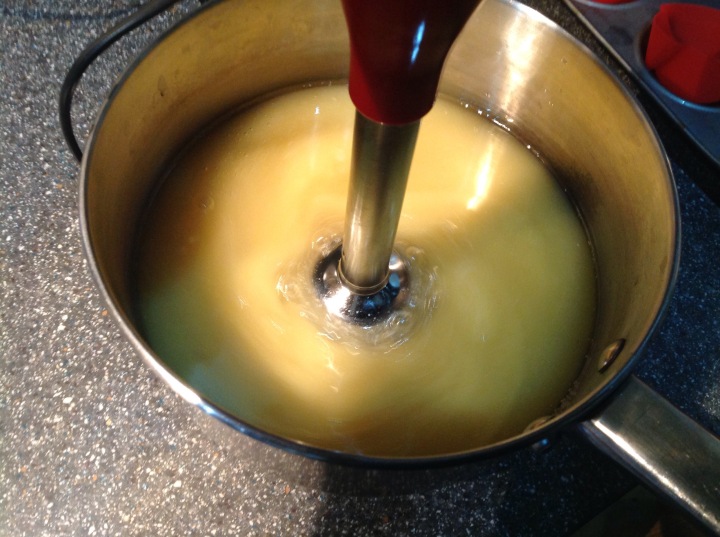I absolutely love this night cream, it’s packed with amazing ingredients and makes my skin look and feel great. I smile when I apply it because it smells so good, a bit like lemon curd.
This is why it’s so good, make sure you opt for quality ingredients:
- Raw Shea butter & extra virgin coconut oil are both amazing moisturisers, skin protectors and can help heal the skin.
- Almond oil has been shown to reduce puffy eyes and dark circles, it also has anti-ageing properties
- Lemon essential oil is an astringent, detoxifier, brightened and can help lighten skin spots.
- Aloe Vera gel is a skin brightened, neutralises free radicals, repairs damaged skin, can help aid skin issues like eczema and slow down the appearance of wrinkles.
- Honey protects, heals, revitalises and moisturises. It’s antibacterial and inflammatory properties can even help remove scars.
- Bentonite clay helps absorb and remove toxins and impurities.
- Vitamine E oil can help block free radicals, slow down the skins process and help heal scar tissues.
I pinched it from A Blossoming Life she has a great website, you should check it out for other great DIY ideas.
Ingredients:
1/2 tsp beeswax
1 tsp coconut oil
2 tbls almond oil
1/2 tsp Shea butter (or more coconut oil)
1 tsp Vit E oil (non GMO)
1/4 cup aloe Vera gel
1 tsp raw honey
1/2 tsp bentonite clay
5-10 drops lemon essential oil
Method:
Gently heat the first 4 ingredients in a double boiler or bowl over saucepan of boiling water. Pour into your blender / stick blender jug and allow to cool. In a separate bowl mix together aloe Vera gel, vit E, lemon EO and honey. Once the beeswax oil mixture has completely cooled and become the texture of lip balm, add the aloe Vera mixture and blend until well combined.

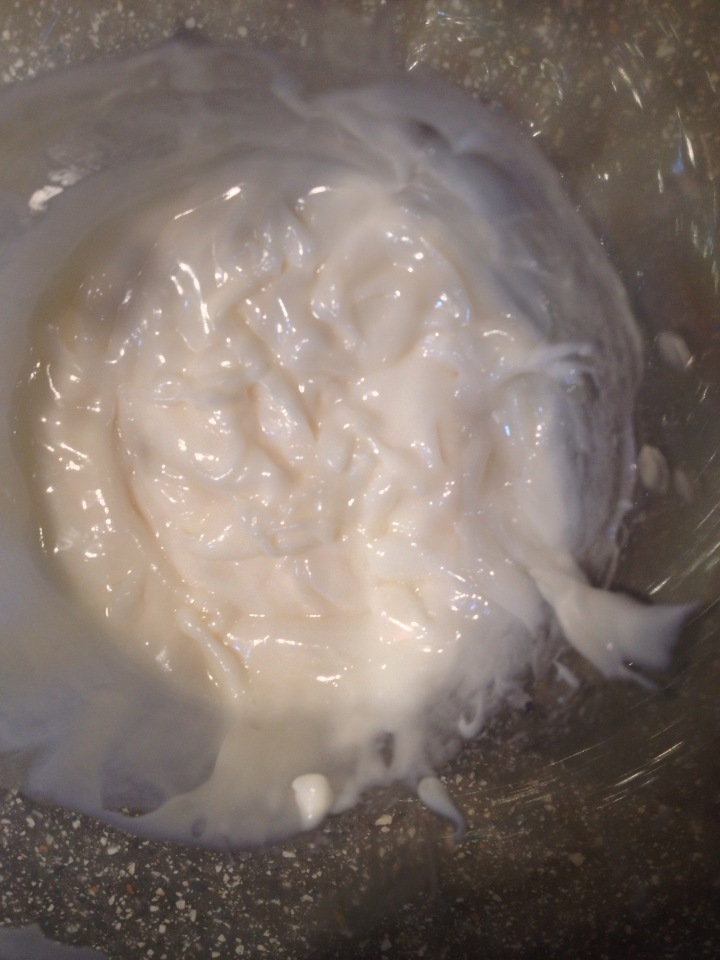
In a non-metal bowl add bentonite clay and stir with a non-metal utensil (metal will reduce its effectiveness, so no more metal in this process). Place in a glass jar or plastic container and store in a cool dry place. I separate mine into 2.5 small jars and store the extra ones in the fridge until I need them.
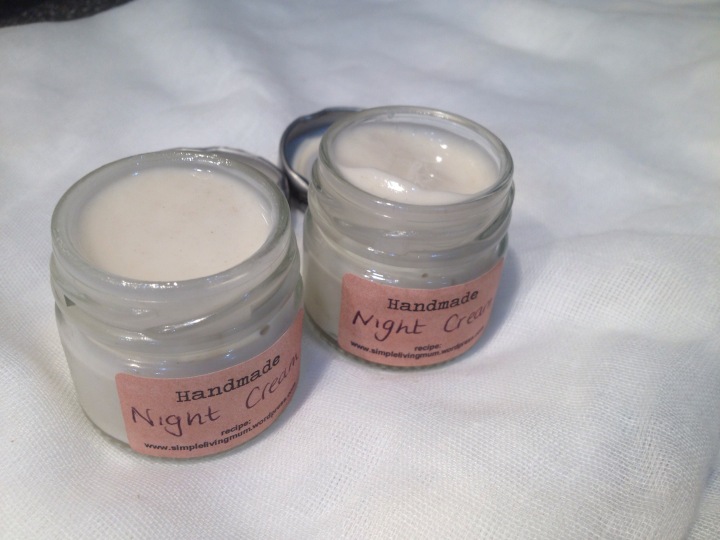 The jars are little jam jars recycled from the hotel I waitress at.
The jars are little jam jars recycled from the hotel I waitress at.
It smells so good putting it on, a bit like lemon curd. Wear it at night only as the lemon EO can cause photo sensitivity in the sun.
Enjoy x


